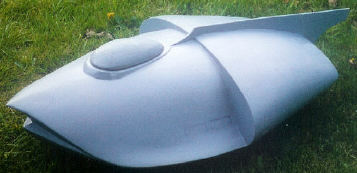
|
Voyage to the Bottom of the Sea |
|
Irwin Allen Model Building, Peter
Holton Style. |
|

|
 |
Now comes the messy part. Peter uses blocks of foam between the formers, which he cuts, sands and pleads, and when that doesn't work, badgers into the rough contour he wants. There is light at the end of the tunnel, but also a lot more work to come. | 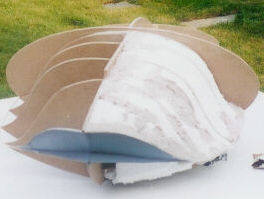 |
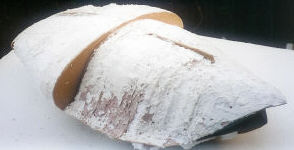
|
When he's satisfied with this stage of the build, he starts troweling
on car body filler. He fills and sands, fills and sands, until he
has a glass-like finish on the model. Peter makes it all sound
so simple. I would love to to observe and see just how much creative
swearing comes from all this work. |
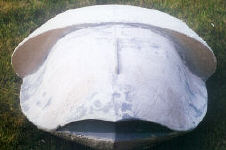 |
 |
|
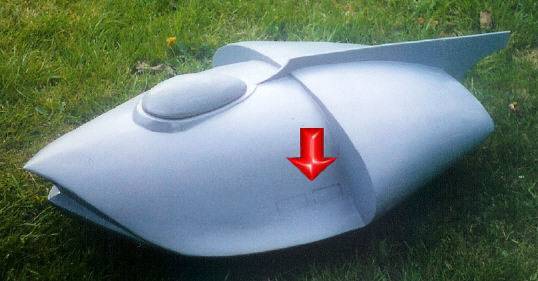
|
|
|
"Voyage to the Bottom of the Sea" TM and (C) (or copyright) Fox and its related companies. All rights reserved. Any reproduction, duplication, or distribution in any form is expressly prohibited. This web site, its operators, and any content contained on this site relating to "Voyage to the Bottom of the Sea" are not authorized by Fox. No infringement is intended or implied toward Twentieth Century Fox, the estate of Irwin Allen, or any other involved copyright holder. |